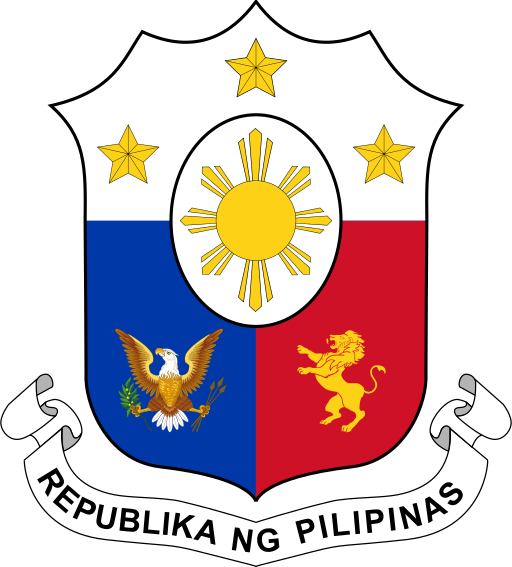Distinguished leaders and members of the business community;
My colleagues in the Philippine Economic Team;
And the organizers and all the participants of this event, good morning.
Assalamu alaikum wa Raḥmatullahi wa Barakatuh.
To the officers and members of the Economic Journalists Association of the Philippines (EJAP) and your partner, San Miguel Corporation, congratulations on the success of this 2024 Economic Forum, and thank you for this opportunity to share the Department of Budget and Management’s plans and priorities.
Sustaining Growth-Enhancing Fiscal Consolidation
In line with the theme of this forum, “Future-proofing the Philippine Economy: Policies and Strategies,” we are committed to pursuing strategic and growth-enhancing fiscal consolidation through recalibrated fiscal targets that are more realistic, practical, and adaptive to external and domestic developments.
Hence, we expect government revenues to increase annually by an average of 10.3 percent, while expenditures will expand by 21.0 percent from 2024 to 2028. Given this revenue and disbursement outlook, the deficit-to-GDP ratio will sustainably decline from 5.6 percent of GDP in 2024 to 3.7 percent in 2028, enabling higher investment in infrastructure development and other growth-enhancing programs.
FY 2024 National Budget
The Php 5.768 trillion National Budget for 2024 was carefully crafted to support the implementation of these growth-enhancing programs.
That’s why more than half of the national budget—67.5 percent—was allocated for social and economic services.
Status of DBM Allotment Releases
And as of May 31, 2024, we have already released Php 5.114 trillion or 88.7 percent of our 2024 national budget. Of this amount, we have released Php 3.417 trillion to government agencies for the implementation of their respective banner programs and projects.
NG Spending Performance
True to our commitment to accelerating economic growth, the national government spent Php 2.258 trillion by the end of May, which is 17.7 percent higher than the same period last year.
We expect this robust spending performance to continue and further accelerate during the last semester, reaching Php 5.754 trillion or 21.7 percent of GDP by the end of 2024.
On our end at the DBM, we are strictly monitoring agencies’ budget utilization and taking the necessary measures to improve the government’s spending efficiency and foster economic growth.
Proposed FY 2025 National Budget
For FY 2025, we will continue to advance our Agenda for Prosperity. For the first two years of the administration of President Ferdinand R. Marcos Jr., we successfully laid the groundwork for a future-proof and sustainable economic development where no Filipino is left behind.
This time, we will build on our gains and strive to fulfill not only the needs, but also the aspirations of the Filipino people we have sworn to serve.
Last July 1, we presented the proposed FY 2025 national budget, pegged at Php 6.352 trillion, to President Ferdinand R. Marcos Jr. and to the members of the Cabinet the next day. This is equivalent to 22.0 percent of GDP and is 10.1 percent higher than the FY 2024 level.
We thank our dear President for the swift approval of this budget. In the words of PBBM himself, “You see a really good thing,” as the budget supports the key pillars of the administration’s Philippine Development Plan (PDP) 2023-2028 and continues to usher in economic and social transformation for a prosperous, inclusive, and resilient society.
In line with the pillars of the PDP, the proposed budget aims to develop and protect the capabilities of individuals and families, transform production sectors to generate more quality jobs and produce competitive products, and foster an enabling environment encompassing institutions, physical and natural environment.
In evaluating the agencies’ budget proposals for FY 2025, DBM considered several factors such as the availability of fiscal space, implementation-readiness of programs and projects, agency absorptive capacity, and alignment with expenditure directions.
And I am happy to share that we are on track for the timely submission of the FY 2025 National Expenditure Program (NEP) to Congress.
Budget and Management Reforms
Finally, we will continue to implement game-changing budget and management reforms that promote bureaucratic efficiency, digital transformation, and open governance.
We are getting closer to having a New Government Procurement Act (NGPA) so we can now look forward to a procurement system that is more attuned to the changing times through an e-marketplace and our Green Public Procurement Strategy. Through the NGPA, we will also make our public procurement process more transparent by enabling public participation at all levels of the procurement process—true to the spirit of the Philippine Open Government Partnership!
And as a testament to this commitment to open governance, we have cemented our position as a global leader in budget transparency, oversight, and public participation in the budget process in Southeast Asia based on the recently published 2023 Open Budget Survey (OBS) results.
Alongside our procurement and open government wins, we have also ramped up our digital transformation, resulting in the full adoption of the Integrated Financial Management Information System (IFMIS), with the Budget and Treasury Management System (BTMS) as the centralized database for all government financial operations.
Closing
Together with the members of the Economic team, the DBM will remain steadfast in its commitment to promoting the sound, efficient, and effective management and utilization of government resources toward the achievement of our national socioeconomic development goals.
And it is our fervent hope that our partners and stakeholders such as EJAP and San Miguel Corporation will help us in pursuing a whole-of-government and a whole-of-society approach so we can sustain our economy’s high-growth trajectory and achieve upper middle-income status by 2028.
Maraming salamat po at mabuhay tayong lahat!
Wabillahi Tawfiq Wal Hidaya, Wasalamu alaikum wa rahmatullahi wa Barakatuhu.
END

